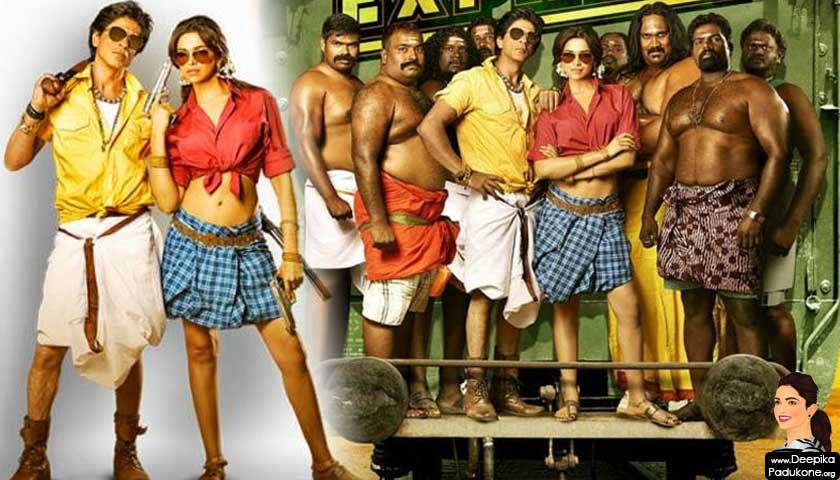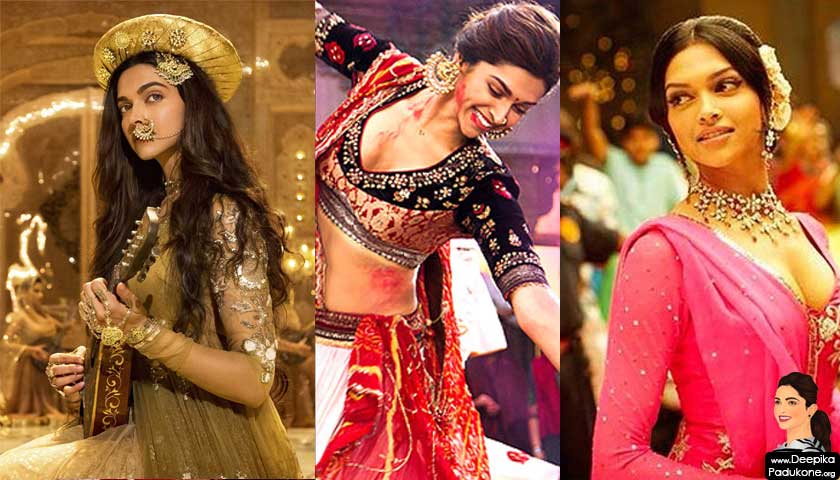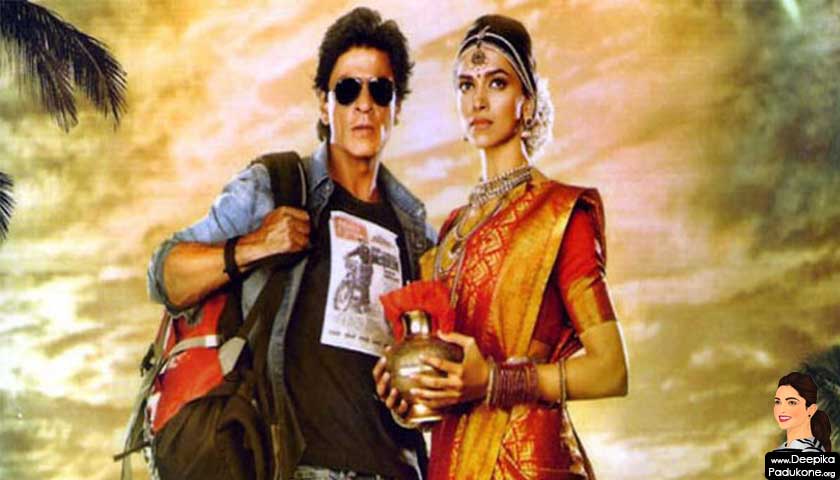Shahrukh Khan makes Deepika Padukone wear a lungi in Chennai Express!
The leggy beauty tells the story behind her lungi look in Rohit Shetty’s forthcoming production. Read on to know how Dippy donned the traditional South Indian drape.
Deepika Padukone has an interesting story to tell as far as her funky look on the poster of Rohit Shetty’s forthcoming film Chennai Express starring Shahrukh Khan is concerned.
When Dippy came to shoot for the poster, little did the 26-year-old know that there was an interesting wardrobe change for her, that was conceptualised by none other than her Om Shanti Om co-star SRK.“The idea to wear a lungi is not mine actually. It was Shahrukh and Rohit who came up with it. We had to quickly do a photo shoot because we were losing the light. They were like ‘Why don’t we give her this lungi and make her look modern.’ The shirt that I am wearing in the posters also belongs to SRK, only the sunglasses are mine,” said Deepika in an interview to a daily.
We think the obvious reason why Deepika was made to wear a lungi was because the actor-director duo wanted to cash in on the gorgeous star’s interminably long legs which are amply visible because the lungi is tied very sexily, making this poster look really interesting. After all, who knows marketing better than King Khan himself!
Lungi
The Lungi (/luŋɡi/) or Tahband is a type of sarong that originated in the Indian subcontinent, it is a skirt-like ethnic wear and lower garment wrapped around the waist, usually below the belly. Apart from India, lungis are also worn in Sri Lanka (Ceylon), Bangladesh and Nepal. It is also known as a longyi in Singapore, Cambodia, Burma,& Thailand. The lungi is a particularly popular form of casual wear and night wear for men in regions where the heat and humidity of the climate make it unpleasant and uncomfortable to wear closed and tight garments such as trousers.
India Lungi
In India, the lungi was traditional dress of Austro-Asiastic and Dravidian origion people. The customs behind wearing lungis vary by state. It could be worn with or without the traditional unsewn kaupinam or later-era sewn langot, both of which are type of traditional loincloth undergarments.
In Kerala, the lungi is generally colourful and available in various designs, and it is worn by both men and women. It is also called Kaili. Physical laborers typically use it as a working dress. A Kerala dhoti is plain white and known as mundu, and it often bears golden embroidery (known as “kasavu” mundu), especially at the border; it is worn as formal attire and on ceremonial occasions like weddings, festivals, etc. Saffron-coloured mundus are known as kaavi munde. The men sometimes tuck up their mundus (Kerala dhoti) or lungis with the bottom of the garment being pulled up and tied back on to the waist. This would mean that the mundu (Kerala dhoti) or lungi only covers the body from the waist to the knees.
In Andhra Pradesh, Telangana, Karnataka and Tamil Nadu, only men wear this garment. It is also known as “Kaili” or “Saaram/Chaaram” in South Tamil Nadu.
In Tamil Nadu Dhoti is considered as a traditional informal or casual wear and also preferred as a comfortable night wear. Lungis with checked pattern are more popular. A white-colored open cloth called vesti (dhoti) and is used in formal occasions.
It is common in Konkan side of Karnataka state. Mostly used by Nawayath people who hails from Bhatkal Almost all of them wears it as their daily attire. It is as a mark of their tradition in Bhatkal. Mostly you will find them sewn like cylindrical shape.
In Punjab, lungis are worn by both men and women. The male lungi is also called a tehmat, while the female lungi is called a laacha. They are part of traditional dance attire in Bhangra dance groups, but are also popular in rural areas as home wear. They are generally tied in a different way than in other parts of India and are, as a rule, unstitched and very colourful. Wearing the lungi has declined in the Punjab region in recent years.
In Odisha, and West Bengal the lungi is primarily worn at home by males of all classes of society. Hindu men generally avoid wearing lungis on the street. In Odisha, Sambalpuri with the Sambalpuri pattern and mule based lungis from Khordha are available in addition to normal cotton fabric lungis.
In Bihar and Haryana the lungi is considered a night garment for men.
In Jharkhand, Chhattisgarh and Madhya Pradesh the lungi is worn often by Tribals. They have shifted to this from their previous dress of a small cloth around their waist.
Feb 07.2013 – bollywoodlife.com




